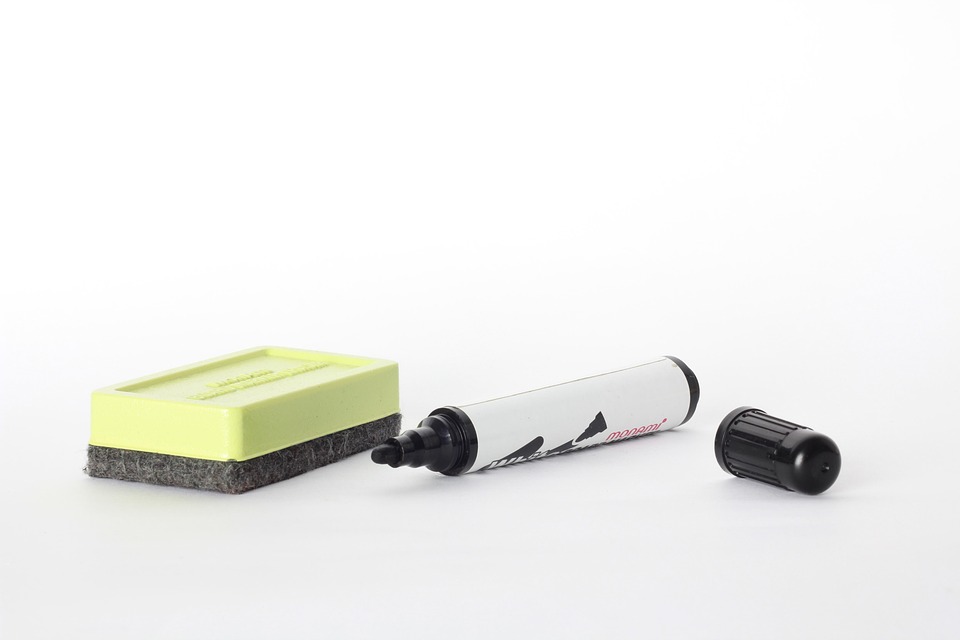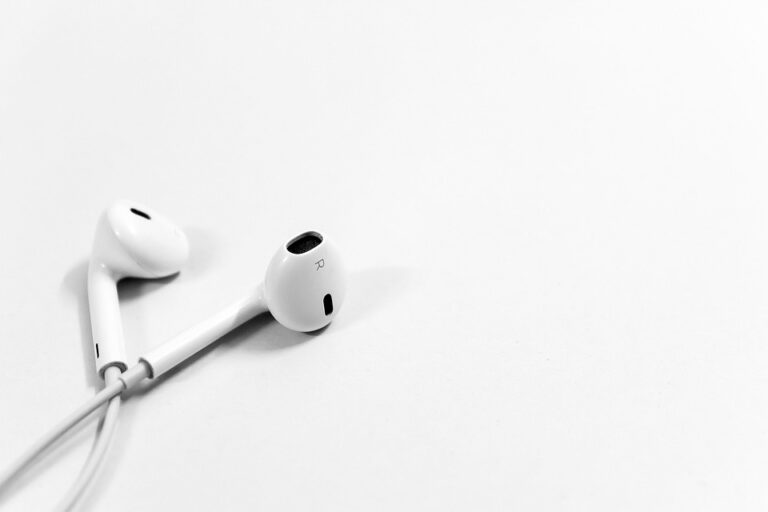
When it comes to selecting markers, the sheer variety on the market can be overwhelming. From fine liners to chisel tips, each type serves a distinct purpose. Yet, the right choice can elevate your projects, whether you’re a seasoned artist, an enthusiastic student, or simply someone who enjoys jotting down notes in style. In this exploration, we’ll delve into the various marker types, their unique characteristics, and the nuances that can make all the difference in your selection.
1. The Spectrum of Marker Types
Markers can broadly be categorised into several types, each with its own set of attributes:
-
Permanent Markers: These are the heavyweights, designed to withstand the test of time. With their waterproof and fade-resistant properties, they are ideal for labelling and crafting on a variety of surfaces. However, their permanence can be a double-edged sword; a slip of the hand can lead to regrettable outcomes.
-
Whiteboard Markers: As the name suggests, these are perfect for non-porous surfaces. Their erasable ink makes them indispensable in classrooms and meeting rooms, allowing for easy corrections. Yet, one must consider the ink quality; a low-grade marker might leave ghosting, rendering your boards less than pristine.
-
Highlighters: These are not mere neon wonders; they are vital for emphasising key information. Different types, such as gel and liquid highlighters, offer varied experiences. The choice between them often comes down to personal preference and the type of paper being used.
-
Brush Markers: A favourite amongst artists, brush markers offer versatility akin to watercolours. Their flexible tips allow for a range of stroke widths, but they require a modicum of skill to master. An artist may ask, “How do I achieve that perfect blend?” The answer often lies in the quality of the marker and the technique employed.
2. Consider the Ink
Understanding the ink type is crucial in marker selection. Dye-based inks provide vibrant colours but may bleed through paper. Conversely, pigment-based inks offer longevity and resistance to fading but can sometimes appear less vibrant. An artist might ponder, “Is the trade-off in vibrancy worth the longevity?” This question often leads to personal experimentation and discovery.
3. The Importance of Tip Shape
The shape of the marker tip plays a pivotal role in how it performs:
-
Fine Tip: Ideal for intricate details and precise lines, perfect for writing or detailed illustrations. Those who favour precision often lean towards fine tips.
-
Chisel Tip: Offering versatility, chisel tips can create both broad strokes and fine lines, making them suitable for a variety of tasks. The question remains, “Which task warrants the chisel?”
-
Bullet Tip: This classic shape is great for bold, clear lines. It’s often chosen for writing and general use, but can lack the versatility of its counterparts.
4. Environmental Considerations
In an age where sustainability matters, the environmental impact of your marker choice cannot be overlooked. Brands are increasingly offering eco-friendly options, featuring refillable ink and biodegradable materials. One must ask, “How can my choice contribute to a more sustainable future?” The answer lies in choosing wisely and supporting brands that prioritise the planet.
5. Personal Preference and Usage
Ultimately, your choice of marker will also depend on personal preference and intended use. What may work brilliantly for one individual could be wholly unsuitable for another. Engaging with the product, testing it across different papers, and exploring various techniques can lead to serendipitous discoveries.
Markers are more than mere writing instruments; they are tools of expression, creativity, and communication. As you navigate through the myriad of options, consider what you truly need—be it permanence, vibrancy, or versatility.
BargainsTrust continuously strives to bring you a selection of the best products tailored to your needs. Whether you’re looking for the perfect marker or exploring other creative tools, we’ve got you covered with insights and recommendations. Explore, experiment, and express yourself!






